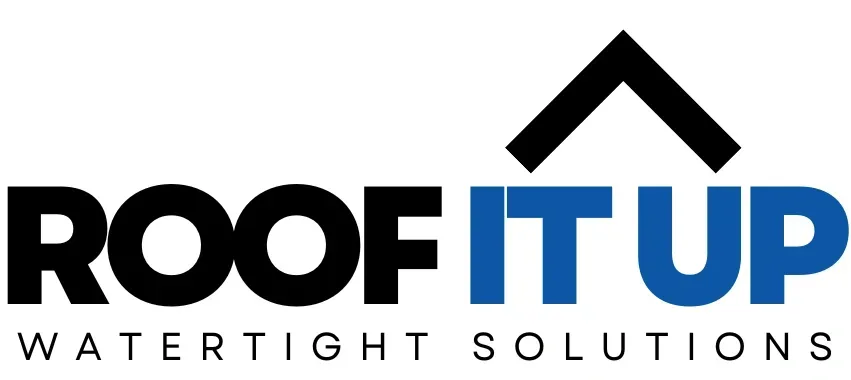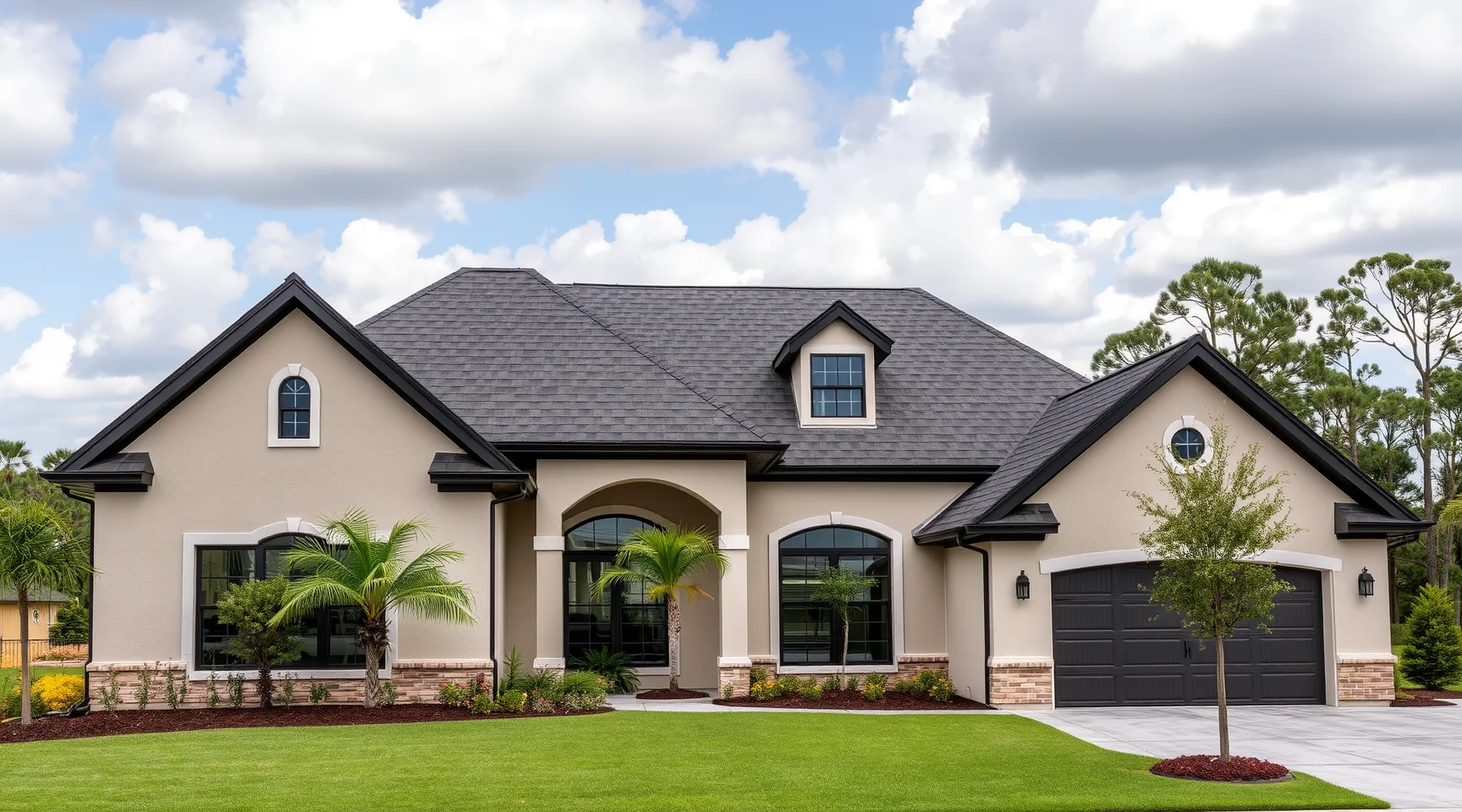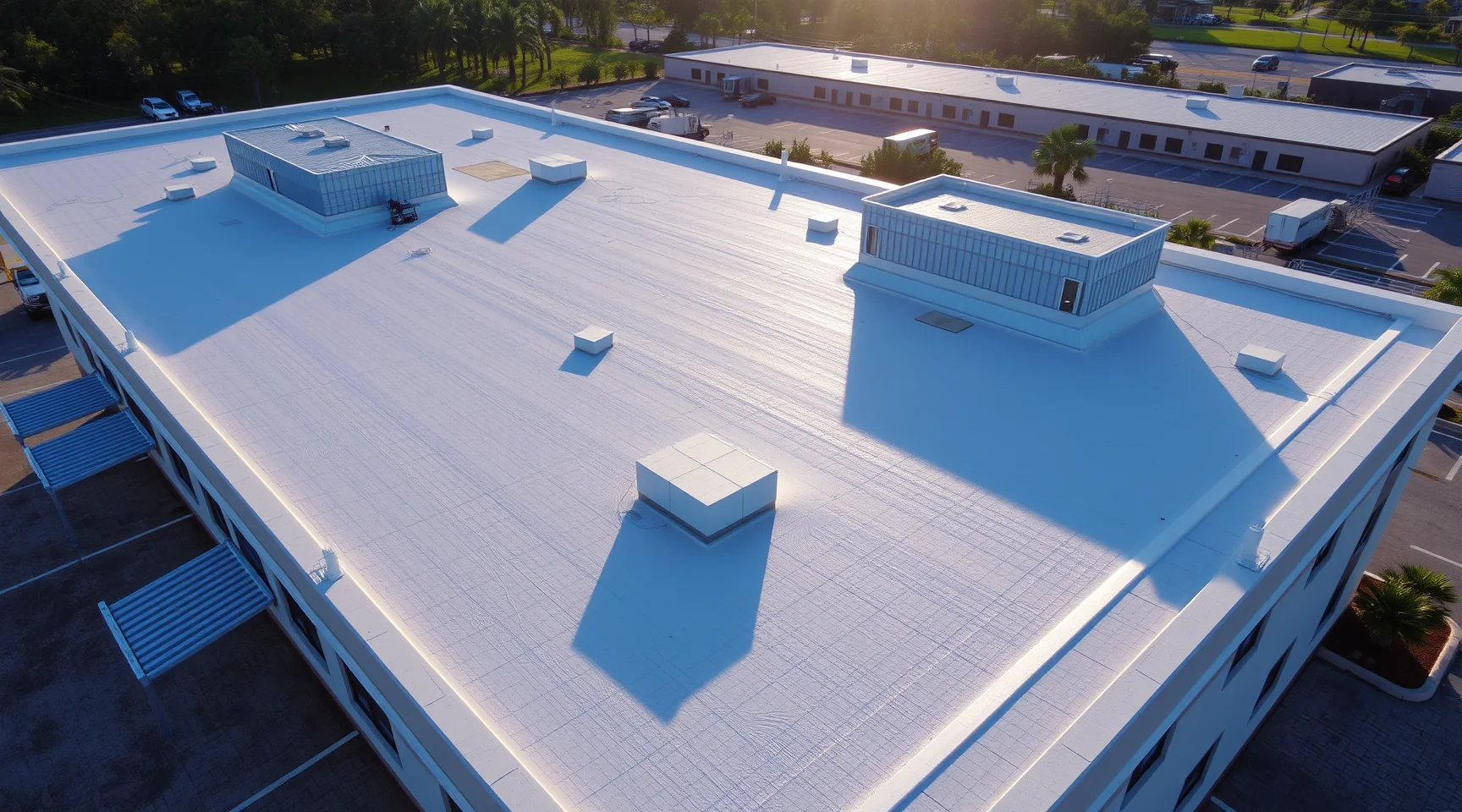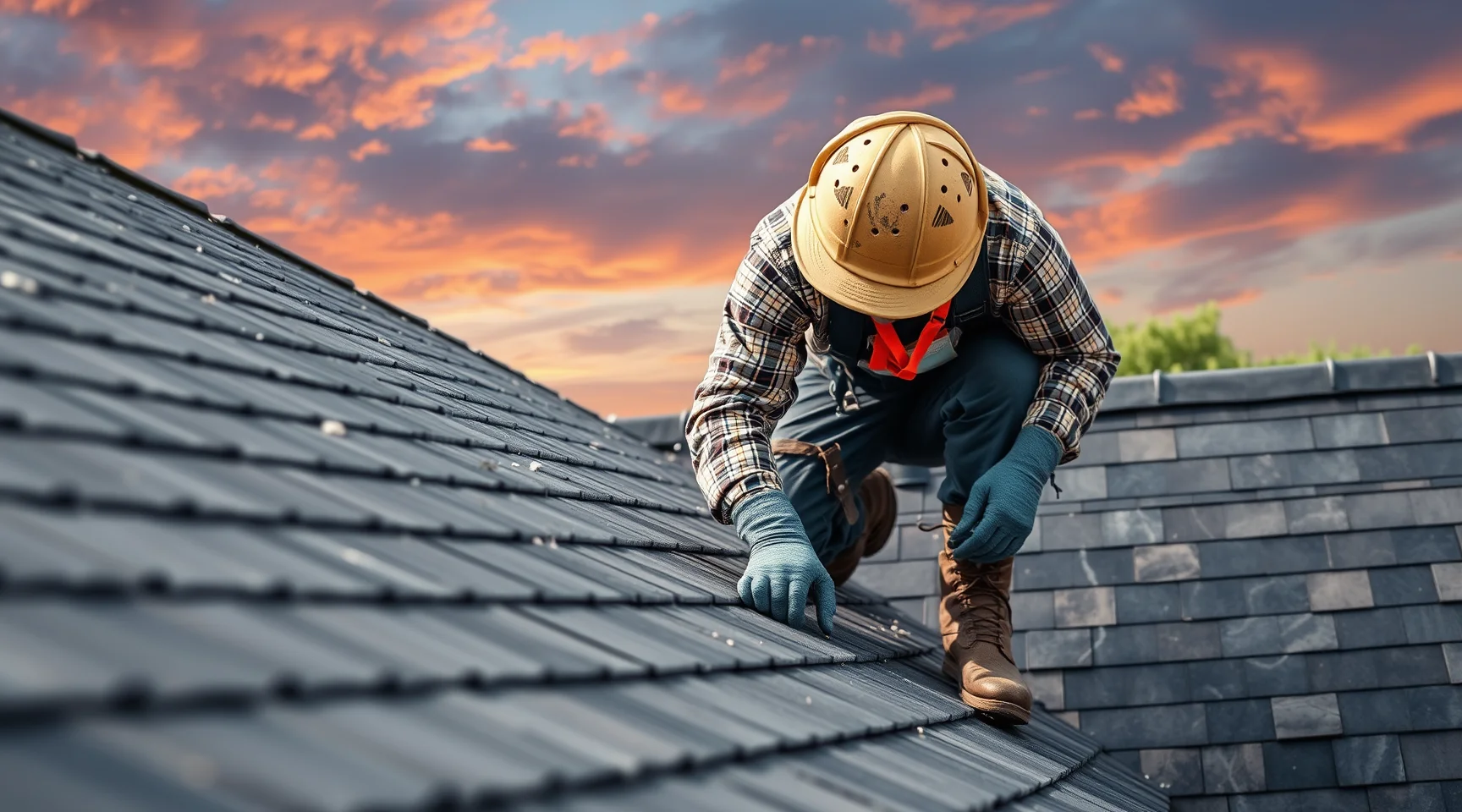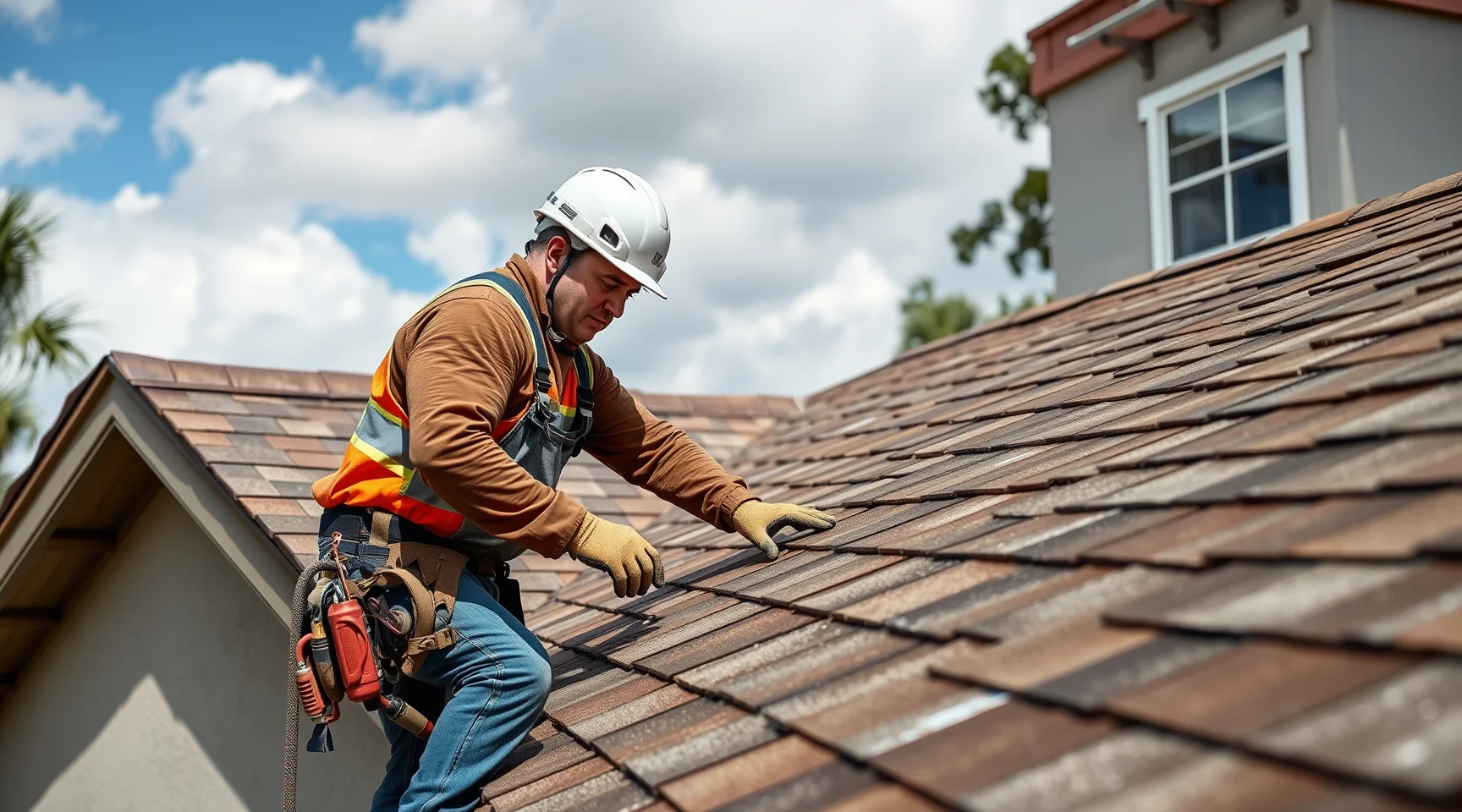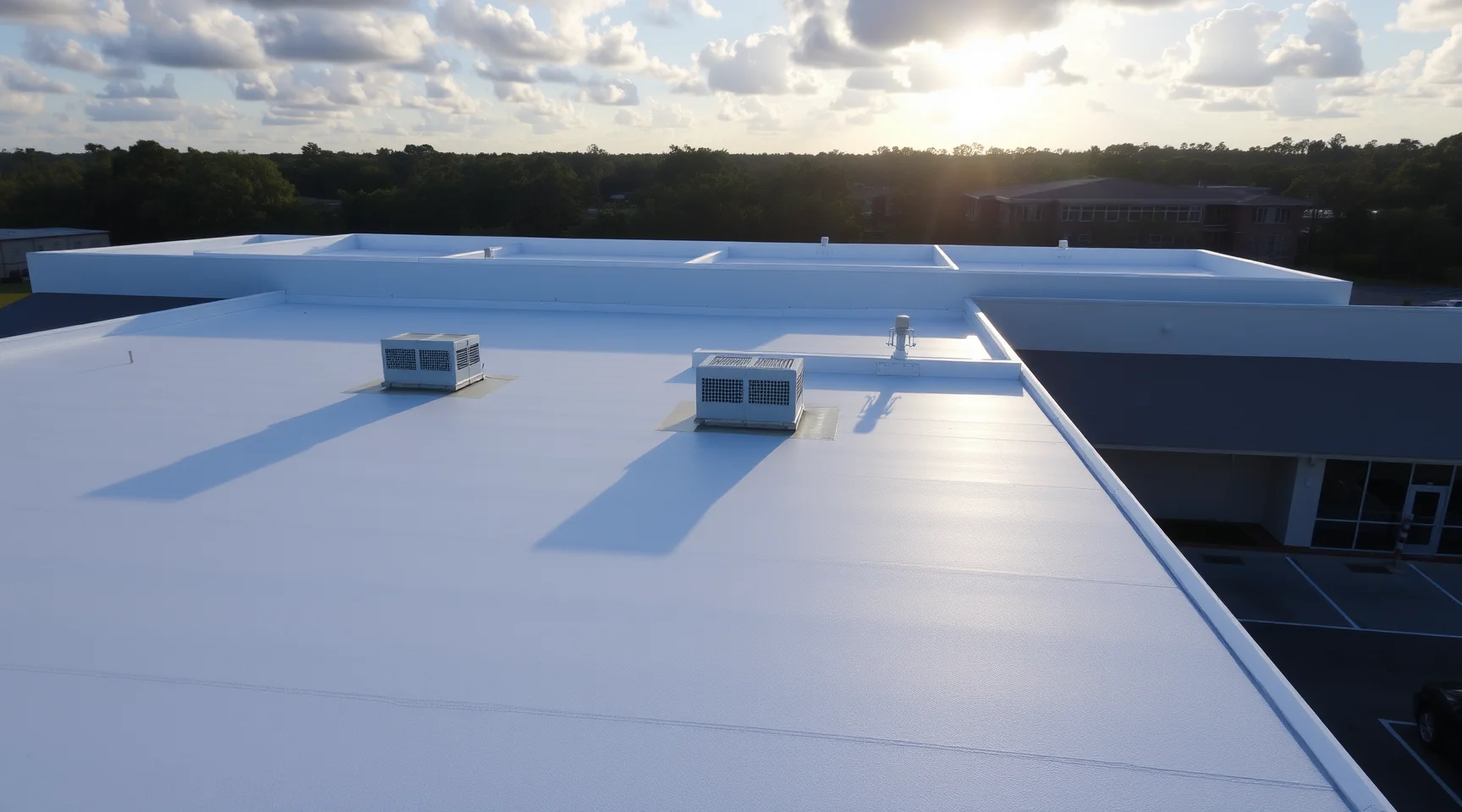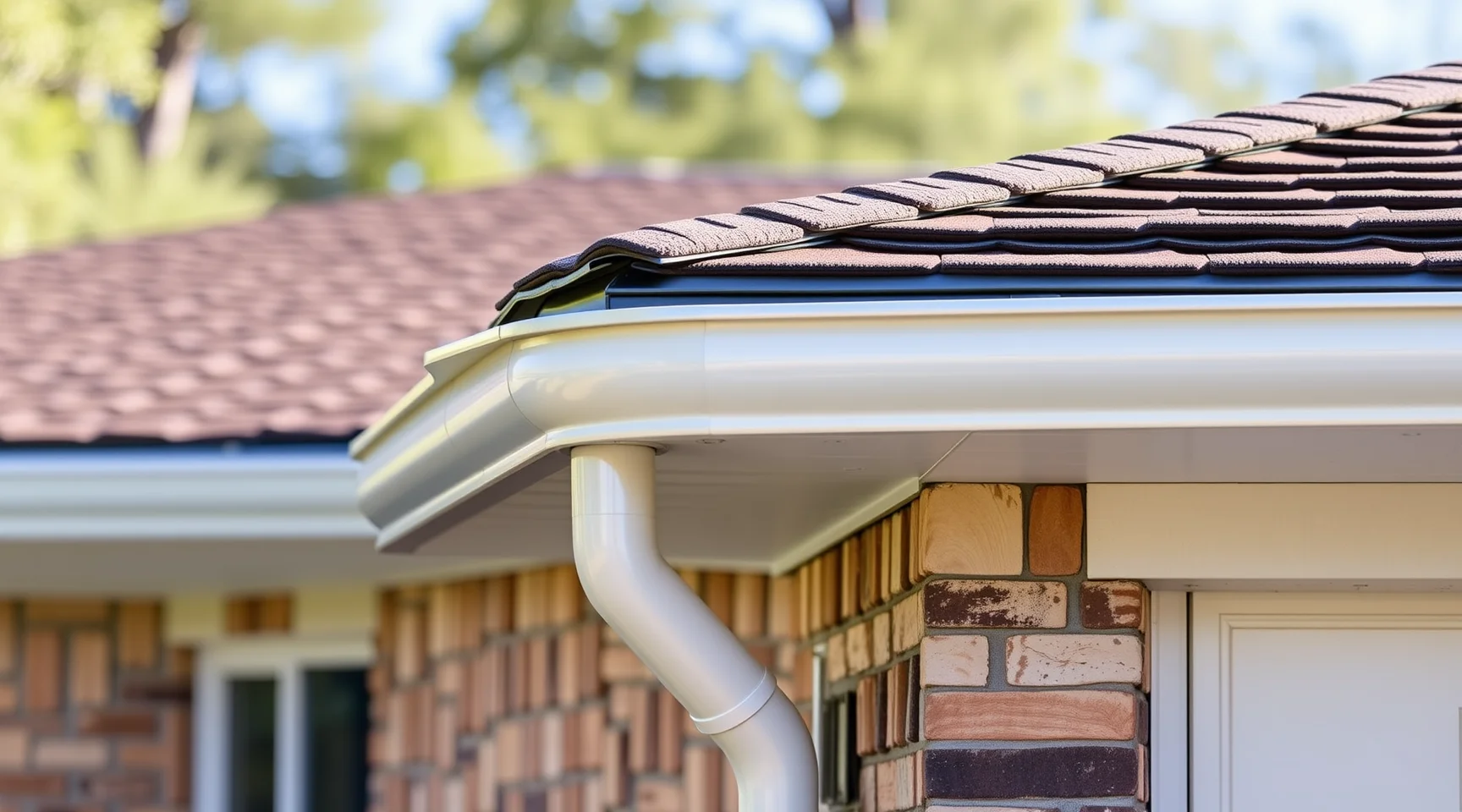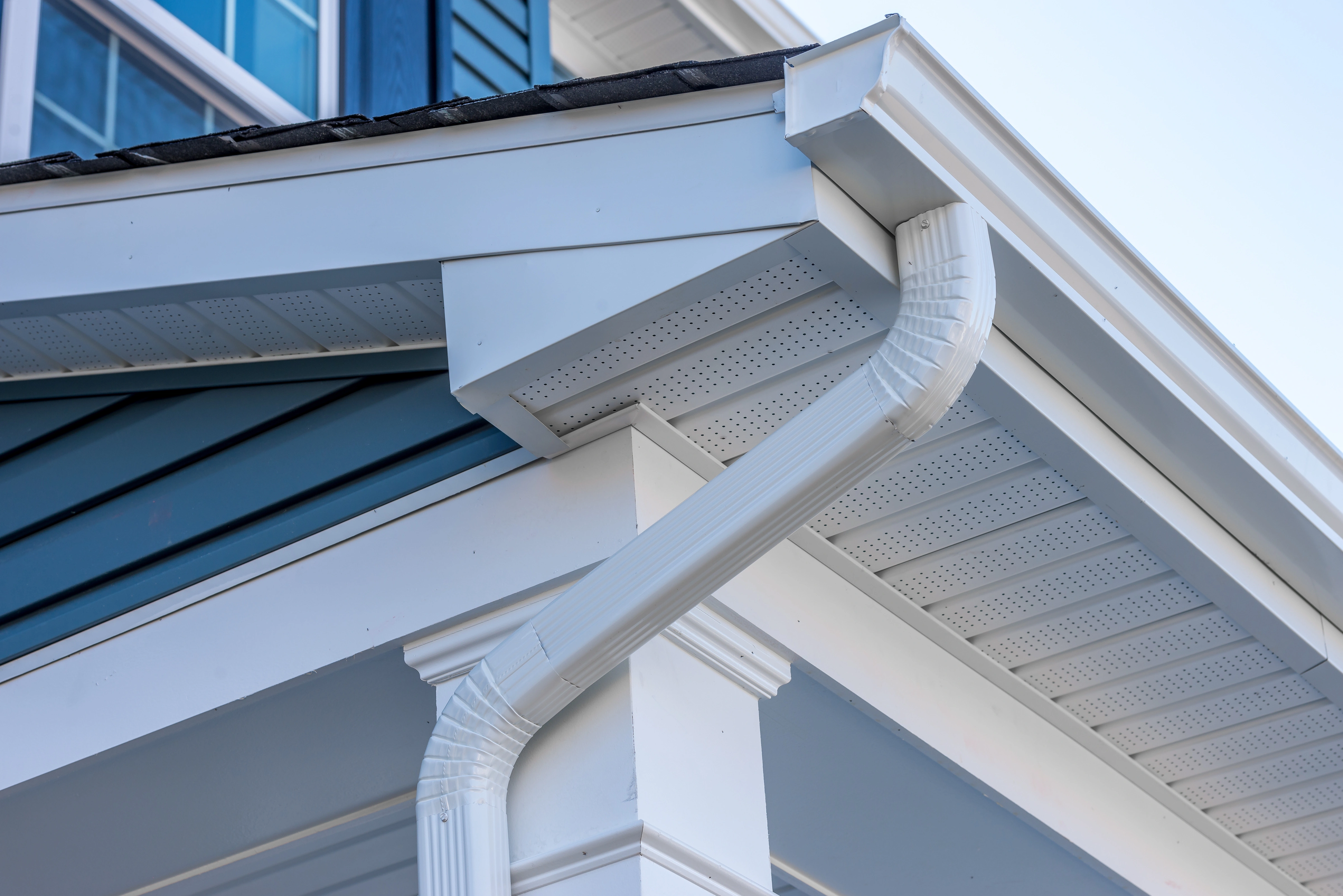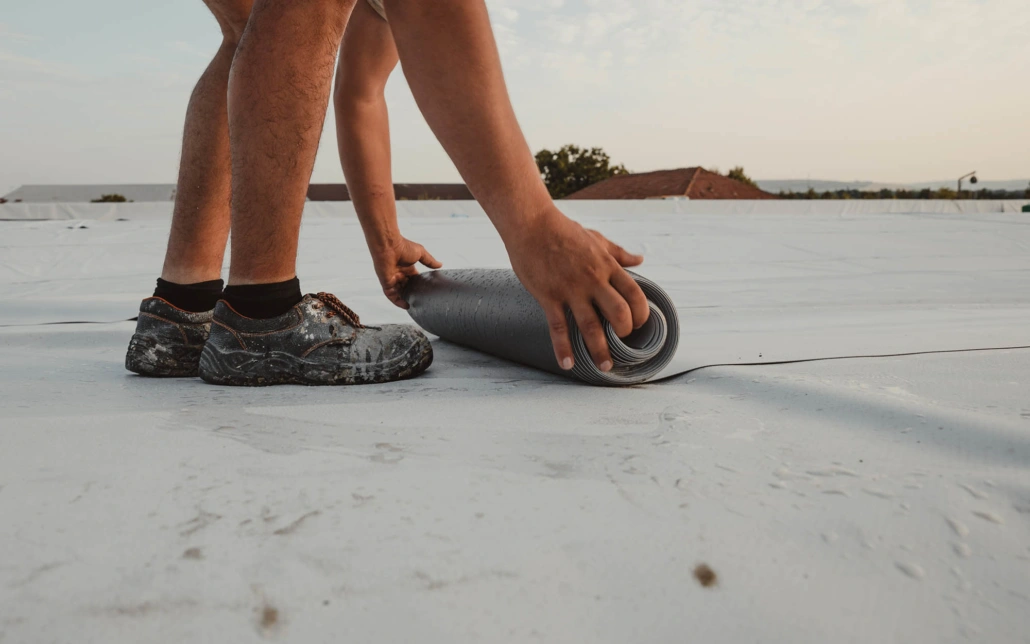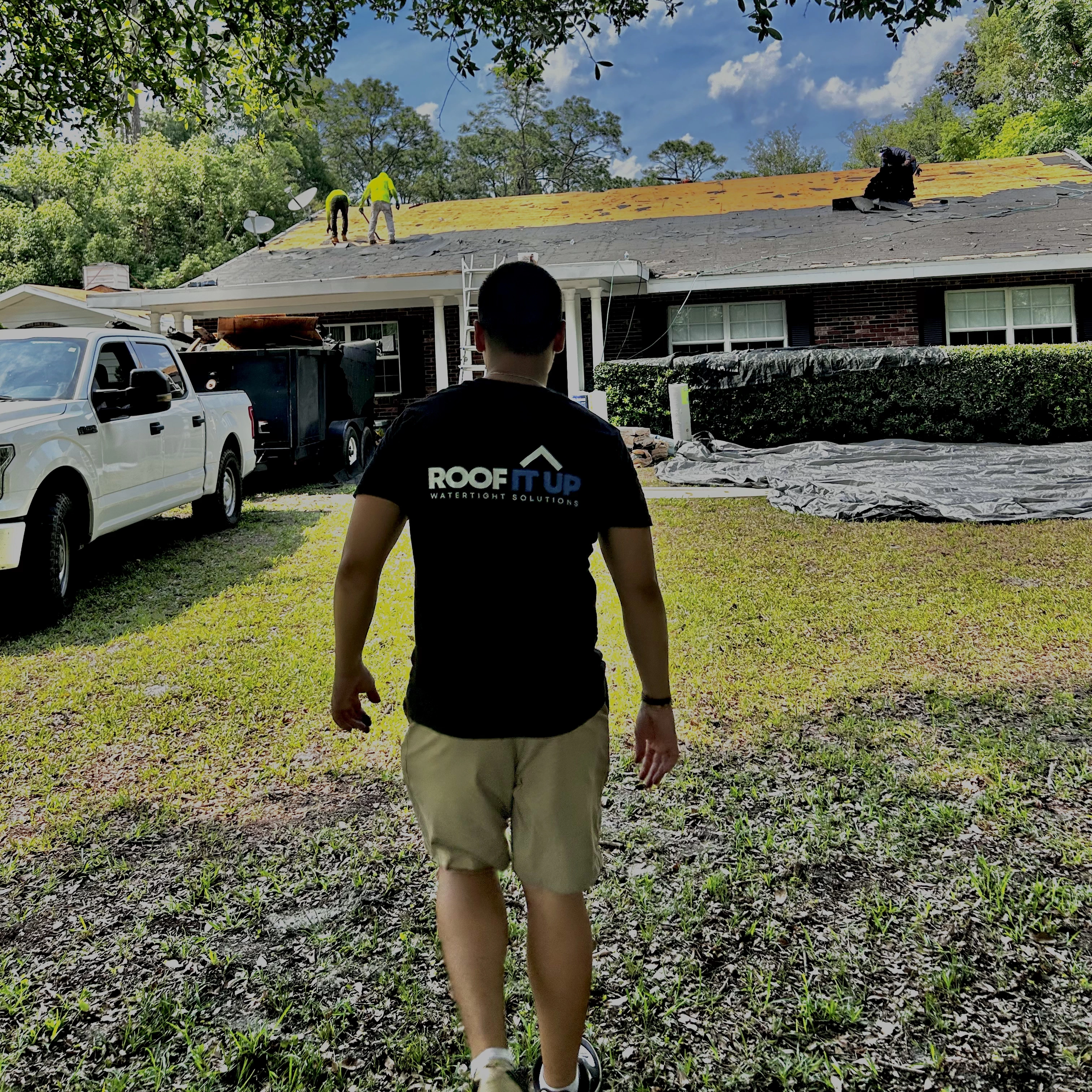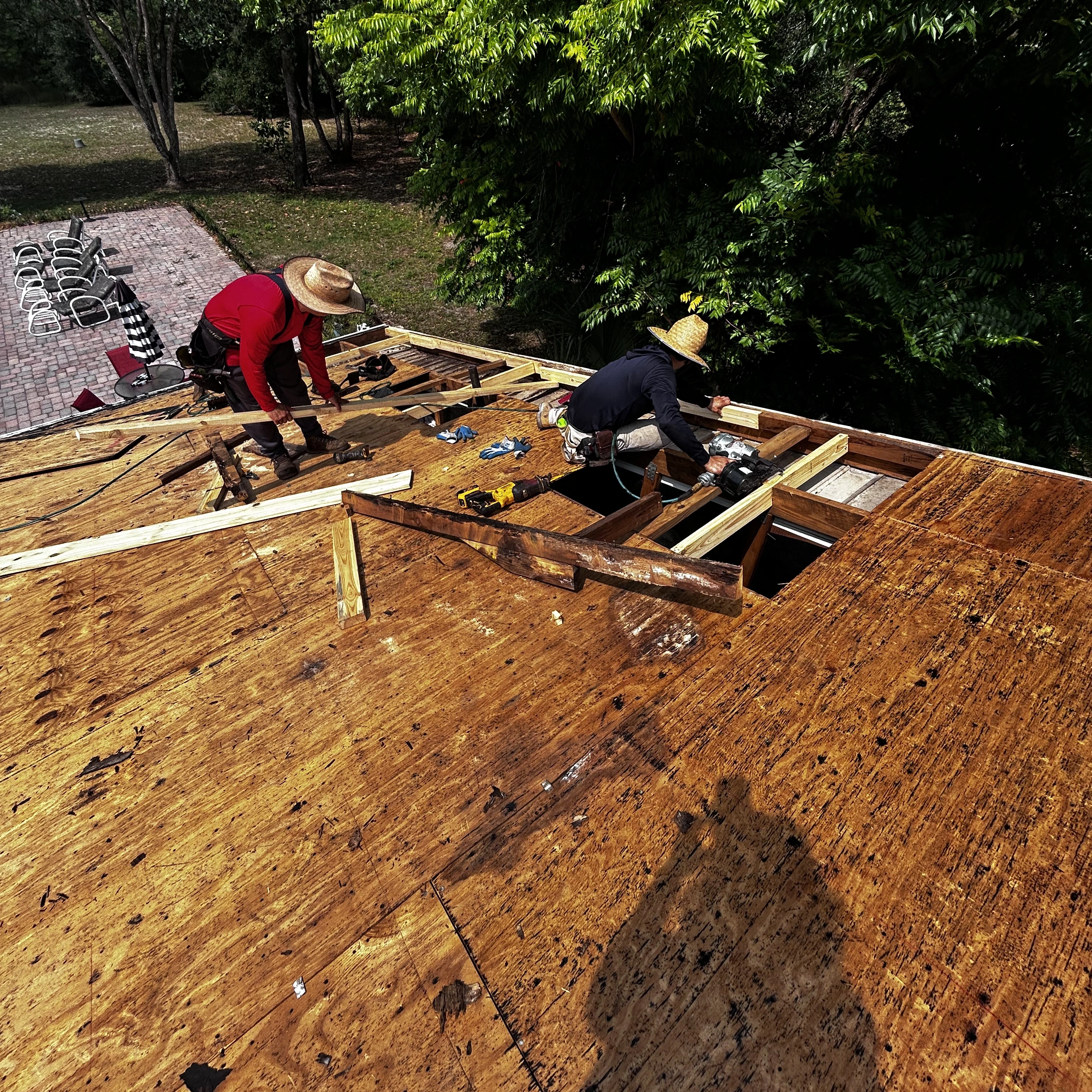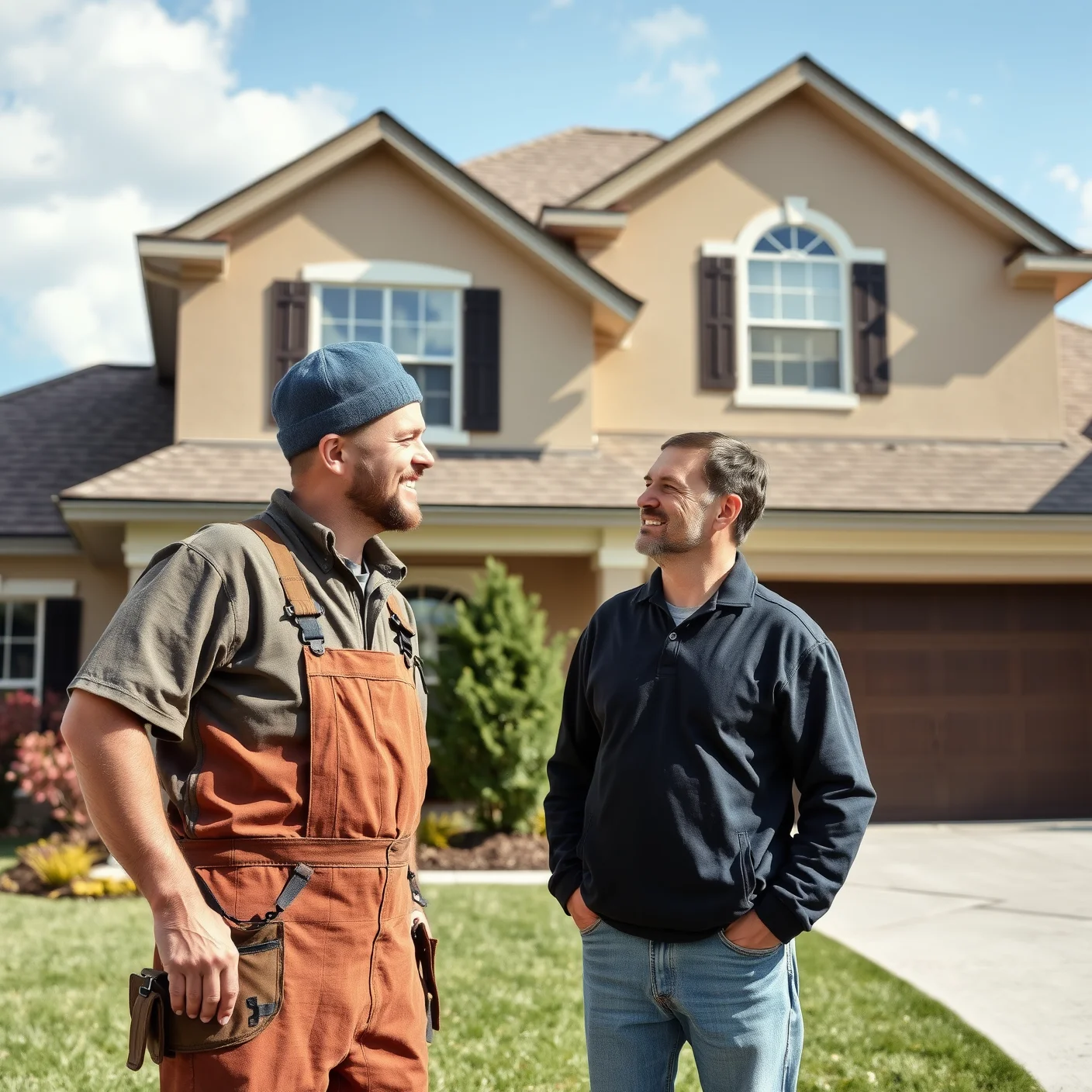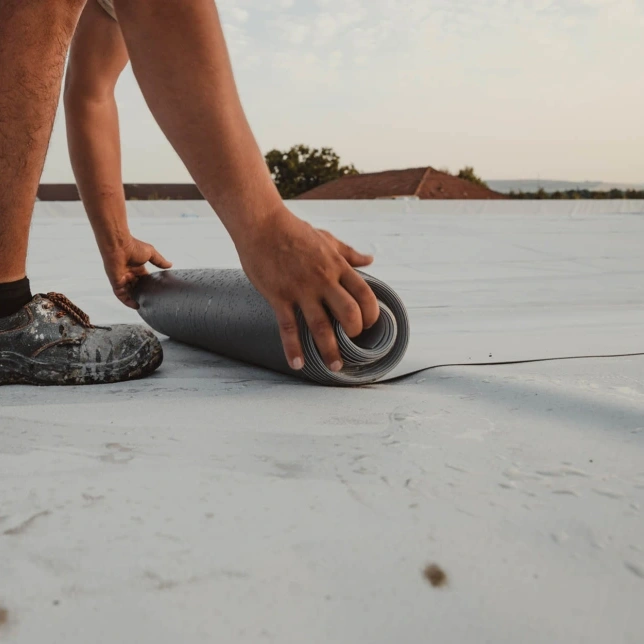
Are DIY Roof Inspections Reliable? Expert Tips & Insights
Assessment of the Reliability of DIY Roof Inspections: A Scientific Evaluation
Roofing integrity is fundamental to building safety, energy efficiency, and property value. With the increasing popularity of do-it-yourself (DIY) projects, many homeowners and property managers consider conducting their own roof inspections. However, the critical question remains: Are DIY roof inspections reliable? This article offers a comprehensive, scientifically grounded analysis of this topic, examining the capabilities, limitations, and best practices for DIY roof assessments.
What Are the Main Objectives of a Roof Inspection?
Before evaluating the reliability of DIY inspections, it’s essential to understand what an effective roof inspection entails. Typically, a thorough roof assessment aims to identify:
Visible damages such as missing shingles, cracks, or holes.
Signs of water infiltration or leaks.
Structural issues, including sagging or deformed decking.
Conditions of flashing, gutters, and ventilation systems.
Potential safety hazards caused by loose or damaged materials.
Professionals leverage specialized tools and scientific methods during inspections, combining visual examination with diagnostic techniques such as moisture meters or infrared imaging. This raises questions about the accuracy of non-professional assessments and whether DIY efforts can truly match the rigor of expert evaluations.
Do DIY Roof Inspections Provide Accurate Assessments?
Accuracy in roof inspections hinges on multiple factors: the inspector’s knowledge, the tools available, and safety considerations. To scientifically evaluate whether DIY roof inspections are reliable, consider the following aspects:
Visual Ability and Experience: Homeowners often lack the training to identify subtle or hidden damages. While obvious issues like missing shingles are easily spotted, internal leaks or underlying structural problems require expertise.
Tools and Equipment: Professional inspectors employ specialized instruments, such as moisture meters, infrared cameras, and drone technology. DIY inspections typically rely on basic tools like binoculars or ladders, which may limit their effectiveness.
Environmental and Safety Conditions: Climbing onto roofs poses inherent safety risks. Moreover, weather conditions can impact visibility and the ability to conduct a comprehensive assessment.
Scientific studies reveal that DIY skylight installation risks and benefits are similar to those in roof inspection, emphasizing the importance of proper evaluation methods. The lack of diagnostic tools and experience often results in underestimating damage severity, leading to false negatives or overlooked issues.
Can Safety Hazards Affect the Reliability of DIY Roof Inspections?
Safety is a critical concern. Climbing onto rooftops without proper safety equipment significantly increases the risk of falls and injuries. Environmental factors, such as high winds, slippery surfaces, or unstable ladders, further compound dangers. These hazards can limit the inspection scope or cause cautious inspectors to overlook areas, thereby reducing reliability.
Professional inspectors maintain strict safety protocols and utilize aerial inspection tools like drones, which can provide comprehensive visual data without physical risk. This technological advantage enhances the detection of damages, especially in hard-to-reach areas.
What Are the Limitations of DIY Roof Inspections?
While DIY assessments can be useful for routine visual checks, they bear notable limitations:
Inability to detect internal damages or issues hidden beneath roofing materials.
Limited access to diagnostic equipment that measures moisture intrusion, structural integrity, and thermal leaks.
Potential misdiagnosis due to lack of training, resulting in either unnecessary repairs or missed damages.
Inconsistent inspection quality depending on homeowner experience and environmental conditions.
For example, a homeowner may notice a missing shingle but overlook signs of water intrusion that could lead to severe damage over time. Professional inspections, employing scientific tools and methods, are better suited for capturing such subtle cues.
Are There Situations When DIY Roof Inspections Are Sufficient?
In certain circumstances, DIY inspections can serve as preliminary checks or routine maintenance routines, provided homeowners follow best practices:
Regularly scheduled visual inspections, especially after severe weather events.
Use of binoculars or drones to assess roof surface conditions.
Consulting professional reports when significant damages are suspected but not easily locatable.
Complementing professional roofing services by understanding ongoing maintenance needs.
For more in-depth guidance on safety and techniques, you might explore how to choose a roofer in Wildwood, Florida.
What Are the Benefits of Hiring Professional Roof Inspectors?
Scientific evidence strongly supports the use of professional inspectors for comprehensive assessments:
Access to advanced diagnostic tools like infrared imaging and moisture meters.
Expertise in identifying hidden or subtle damages.
Enhanced safety protocols that facilitate thorough inspections without risking personal injury.
Accurate documentation and reporting, which are critical for insurance claims and strategic repairs.
Additionally, professional roofing companies often provide fast, reliable service. For example, if your roof shows signs of damage, consulting a professional can help you determine whether to pursue repairs or consider replacement. Look into specialized services such as commercial roof coating services in Lady Lake, Florida.
How Can Homeowners Ensure They Maximize DIY Roof Inspection Effectiveness?
Although certain limitations exist, homeowners eager to perform their own inspections can adopt best practices to improve reliability:
Schedule inspections after major weather events like storms or heavy snowfall.
Use a sturdy ladder and proper safety gear, including harnesses if necessary.
Employ binoculars or a drone for better coverage of hard-to-reach areas.
Take detailed photographs for documentation and comparison over time.
Maintain a checklist based on professional inspection guidelines.
When in doubt, consult with professional roofers to verify findings or perform detailed assessments.
Particularly, when considering complex roof types, it's prudent to seek expert advice, especially for commercial buildings as detailed in best roof types for commercial buildings.
Should I Always Rely on Professionals for Major Roof Repairs?
Absolutely. While DIY inspections can help identify potential issues early, the actual repair work requires trained professionals. They have the expertise to ensure repairs are performed safely, effectively, and in compliance with local building codes. Skilled roofers employ scientific approaches for repairs, reducing long-term costs and preventing future failures.
FAQs About DIY Roof Inspection Reliability
Are DIY roof inspections reliable for detecting leaks?
While visual cues like water stains or missing shingles can be identified, internal leaks often require diagnostic tools beyond typical homeowner capabilities. Regular visual inspections can help catch obvious issues early, but comprehensive leak detection generally necessitates professional assessment.
Can a homeowner safely climb onto the roof for inspection?
Safety is paramount. Homeowners should evaluate their comfort and skill level before attempting to climb. Use proper safety equipment and weather considerations. When in doubt, hire professionals or use aerial inspection methods such as drones.
How often should I perform DIY roof inspections?
Routine visual inspections should be conducted at least twice a year and after extreme weather events to catch damages early.
What tools do I need for an effective DIY roof inspection?
Basic tools include binoculars, a sturdy ladder, safety harnesses, and a camera or smartphone for documentation. For improved accuracy, consider using a drone or infrared camera if accessible.
Conclusion: Can DIY Roof Inspections Be Trusted?
In summary, are DIY roof inspections reliable? The answer depends on the scope, tools, experience, and safety measures employed. Routine visual checks can be beneficial for early damage detection but are inherently limited compared to professional evaluations that utilize scientific tools and expertise. Homeowners should view DIY inspections as supplementary rather than substitutes for professional assessments, especially when signs of significant damage or structural concerns arise.
To ensure the longevity and safety of your roof, consider engaging experienced roofing professionals when necessary. For additional insights into roofing safety and services, check out [the best emergency roofing companies in Wildwood, Florida](https://roofitupfl.com/post/best-emergency-roofing-companies-wildwood-florida) or explore the advantages of DIY skylight installation risks and benefits for expanding your knowledge.
